What to add to water to make roses last longer?
Content:
I really want the roses in the bouquet to last longer, delighting with their aroma and beauty. To do this, certain manipulations are carried out with the stems, and then aspirin, sugar, potassium permanganate, charcoal and other substances beneficial to plants are added to the water. We suggest studying the entire list of additives for roses with an “anti-fading” effect.
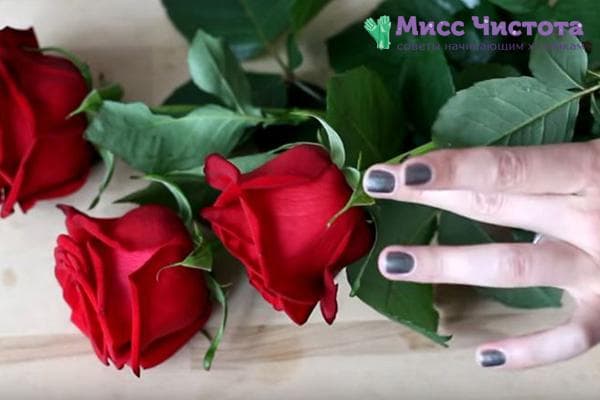
What to do with a bouquet of roses on the first day?
There is no need to rush and immediately put flowers in a vase. First they need preparation:
- If roses were purchased in the cold season, you should leave them on the table at room temperature for half an hour.
- It is better to disassemble a complex bouquet and place the roses separately. They do not tolerate proximity to other flowers.
- Be sure to remove the packaging and untie all the ropes and ribbons so that they do not put pressure on the stems and impair the movement of the juice.
In order for flowers to last longer in a bouquet, you should buy them early in the morning, when they are saturated with moisture. Pay attention to the green leaves under the bud. If they are elastic, pressed against the flower, then the roses are fresh.
Treatment
It is better to cultivate roses yourself at home. How to do it right:
- Remove all leaves down to the middle of the stem.
- Use a sharp knife to cut off all the thorns.
- Cut the end of the stem at a 45 degree angle.
- Make a cross-shaped cut on the cut.
It is better to carry out all manipulations by immersing the flowers in cool water, in other words, under water. This is necessary to prevent oxygen from entering the plant.
Thorns and stems are removed for several reasons:
- Firstly, they take up a significant portion of the nutrients.
- Secondly, being in water, the leaves rot and provoke the growth of harmful bacteria.
You need to cut off the ends of roses more than once, but as often as possible. Plants receive more nutrition through a fresh cut. For the same reason, cross-shaped serifs are made.
Water and vase
A long, straight vase is best for roses. If the neck is narrowed, you need to make sure that the stems are positioned freely and are not squeezed.
Rules that will help extend the life of the bouquet:
- Roses are immersed halfway or at least ⅓ in water (do not forget to strip the stem of thorns and leaves).
- Only settled water at room temperature is poured into the vase.
Fill the flowers with tap water and leave it for 3 hours. Use only the top part. The bottom layer contains sediment with harmful impurities.
While the water settles, the stems can be wetted, wrapped in plastic and taken out to the balcony. Roses love cool weather.
Place
Roses are quite capricious flowers: they quickly wither in a draft, turn pale and dry from the heat. In order for the bouquet to last for a long time, you need to choose the right place.
- The flowers should not be exposed to direct sunlight.
- Do not place the bouquet near heat sources or a fruit basket.
- Roses should not be kept in a draft.
The best option would be a bright, cool room: a glassed-in loggia, bedroom, office or living room. Flowers can be placed on a table or bedside table, but not on the windowsill.
How to extend the life of flowers?
In order for roses to stand in a vase for as long as possible, various water additives are used. They are divided into three categories:
- nutritious;
- disinfectants;
- complex.
Many have probably come across special fertilizers that are sold in flower shops. Once you pour the contents of the sachet into water, the bouquets last two or even three times longer. So, a purchased product for cut flowers can be successfully replaced with inexpensive medicines and products.
Proper care of roses is of utmost importance. If the rules are neglected, the effectiveness of water additives will be zero.
Folk recipes
There are many ways to extend the life of cut roses. Often the secrets are revealed by flower shop sellers themselves. We bring to your attention a selection of recipes that have won fame as the best and most effective.
Aspirin
Acetylsalicylic acid simultaneously inhibits the growth of microbes in water and nourishes cut roses. Before use, the tablets are crushed into powder. Standard dosage: 1 aspirin tablet per liter of liquid. You can increase the number of tablets to 3 if the roses are stale.
Sugar
During cutting, roses experience extreme stress. To reduce it, as well as to enhance the nutrition of flowering buds, the water is sweetened. For 1 liter of water take 1 teaspoon of sugar, no more. Don't forget that glucose feeds not only plants, but also microbes.
Citric acid or vinegar
All acids have preservative properties. Vinegar and lemongrass stop the development of plants and disinfect water. The recipe is more suitable for roses with open buds: closed flowers in acidified water may not open. Dosage (optional):
- citric acid – 0.5 teaspoon per 1 liter of water;
- vinegar 9% white table – 0.5 tbsp. spoons per 1 liter of water.
Vinegar is often used together with sugar. These substances complement each other: soften water, improve nutrition and inhibit bacterial growth. Recipe: pour 1 tbsp. spoon of sugar 1 tbsp. spoon of vinegar, dilute with 1 liter of warm water.
Charcoal (activated)
Coal is a known natural antiseptic. It is used to treat plant cuts and is also used as fertilizer. It purifies water perfectly. To preserve the freshness of freshly cut roses, use charcoal, ground into powder - 1 tbsp. a spoon is diluted in 1 liter of warm water. You can replace it with activated carbon tablets. Dosage – 3 tablets per liter of liquid.
Any products for cut flowers are first mixed in a separate container and only then the solution is poured into the vase. It is important to ensure that the active ingredients dissolve. Otherwise, concentrated particles may damage the stems of the plant.
Potassium permangantsovka
Potassium permanganate is added to water for roses to prevent rotting of the part of the peduncle that is immersed in water. First, 1-2 grains of potassium permanganate are poured with a small amount of water. Then the faint pink solution is mixed 1 to 10 with settled water (100 ml per 1 liter).
Vodka (alcohol)
Alcohol-containing solutions disinfect and disinfect water, prolonging the life of cut flowers. For roses, the following concentrations are used:
- medical ethyl alcohol – 20 ml per 1 liter of settled water;
- vodka – 50 ml per liter of liquid.
"White"
Flower growers will confirm that most flowers have adapted well to water with chlorine. They not only do not die from it, but also react positively to small doses of “chemistry”. To keep a bouquet of roses in a vase for a long time, just drop 5 drops of “Whiteness” into it (no more than 1 teaspoon per 1 liter of water).
Do not mix different folk remedies. They can enter into an unwanted chemical reaction with each other. If you want to try different recipes, you can alternate the additives when changing the water in the vase.
Ammonia
A 10% aqueous solution of ammonia (also known as ammonia) is often used to feed plants. Roses respond especially well to it: the buds open instantly and bloom for a long time. Dosage: 1 teaspoon of ammonia per liter of liquid.
Borax
Boric acid is added to water to prevent putrefactive processes and feed roses. For 1 liter of liquid, it is enough to take 0.5 teaspoons of borax. And you can spray the buds with a 0.1% solution so that they bloom longer. Measure 1 g of boric acid and dissolve in 1 liter of warm liquid. Using a spray bottle, spray the plants from a distance of 30 cm.
Alum
For cut roses, only soft water without salts and impurities is suitable. Potassium alum softens it, stabilizes and regulates acidity. They are included in many industrial fertilizers, including those for cut flowers.
Dosage: 0.5 g of alum per 1 liter of water.
Ice cubes
Cut roses love cool weather. They are best preserved at a temperature of about +15 degrees, while in a living room the temperature regime is often +25 degrees. That's why experienced gardeners use ice cubes.
Recipe: freeze the settled water and throw 2-3 cubes into a vase before going to bed.
Special fertilizers
Fertilizers for cut roses are sold at any flower shop. Titles:
- Chrysal Clear;
- BONA FORTE;
- FLORALIFE CLEAR 200.
They cost about 30 rubles for a single-use sachet or 200 rubles for a 250 ml bottle (enough for 10–15 uses).
The advantage of a purchased product is its balanced composition.Fertilizers contain microelements, vitamins, stimulants for better absorption of nutrients, acidity regulators and water softeners.
The listed recipes have approximately the same effectiveness. When choosing a product, we advise you to start from the ingredients that are on hand. Use useful additives, follow the rules of care, and the pink bouquet will delight you with its aroma and beauty for a long time!
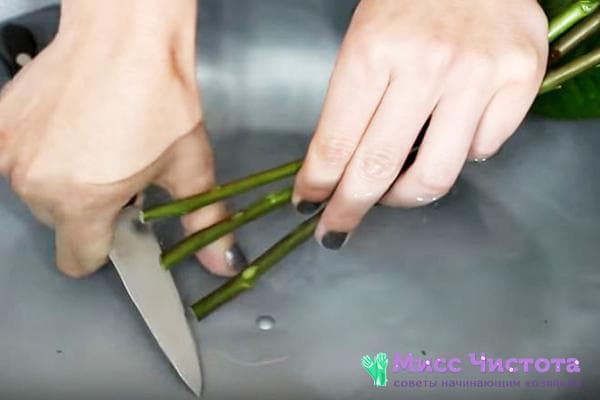
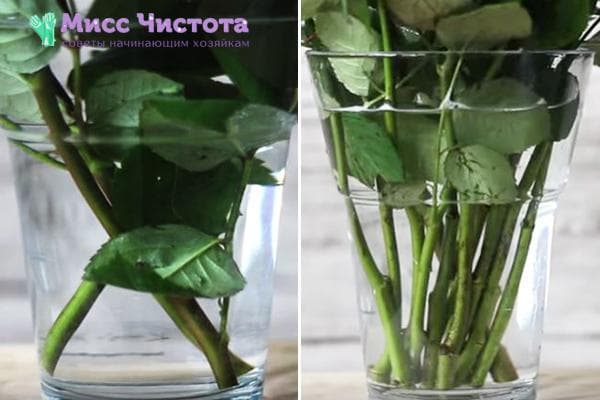
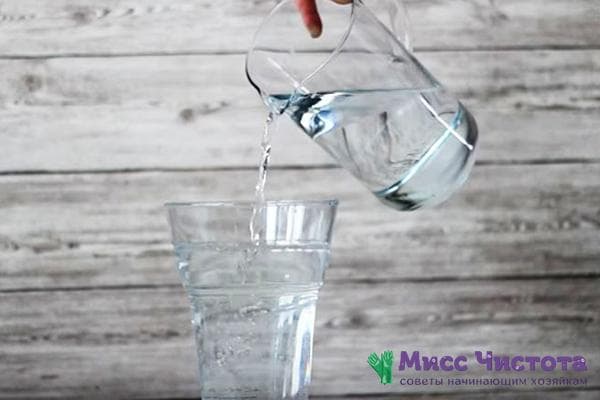

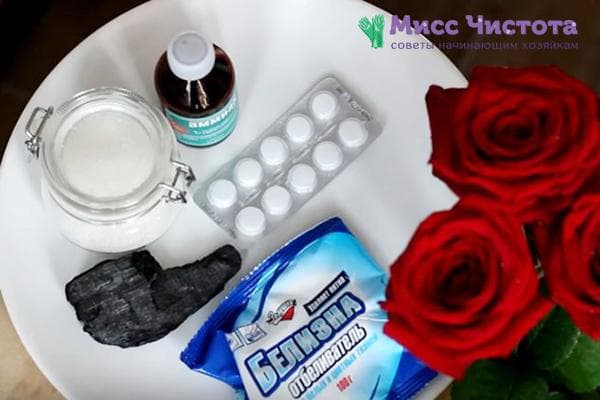
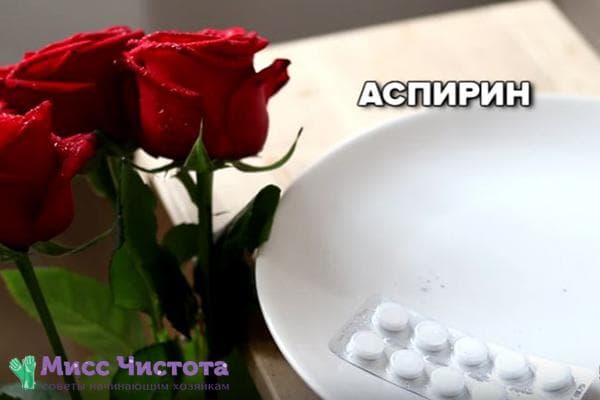
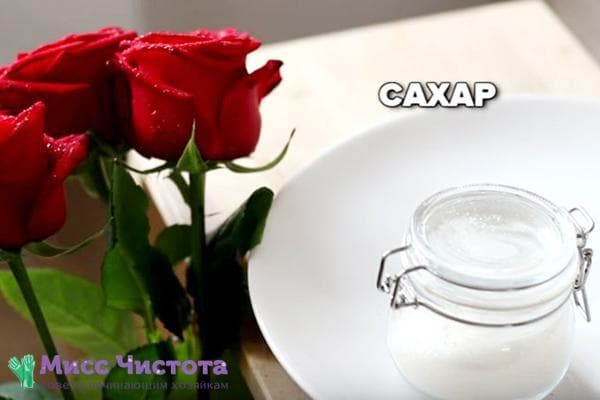
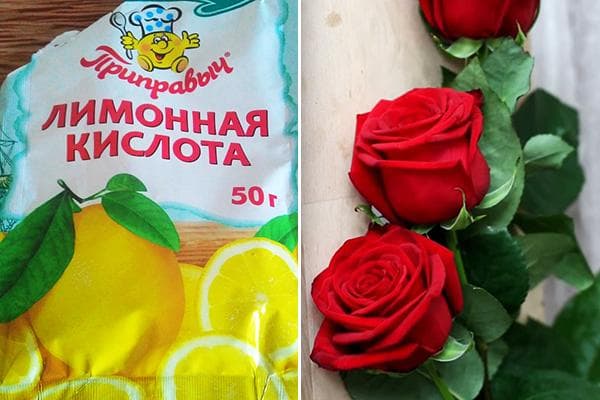
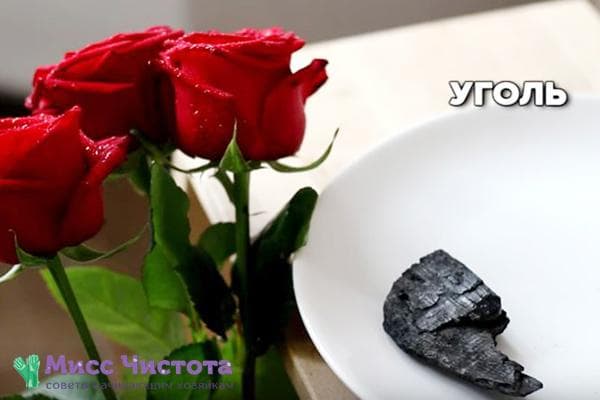
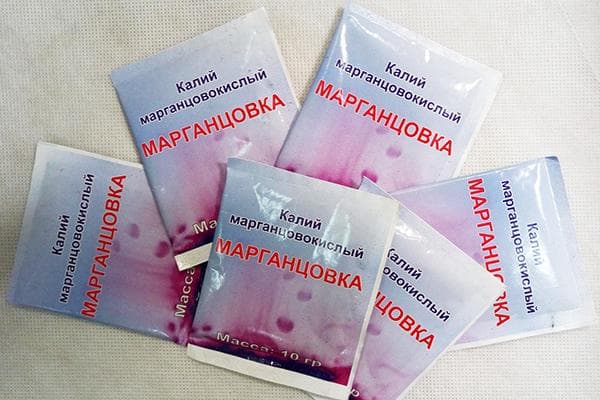
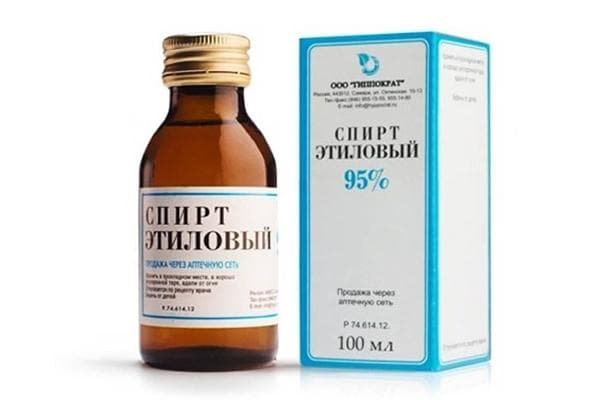
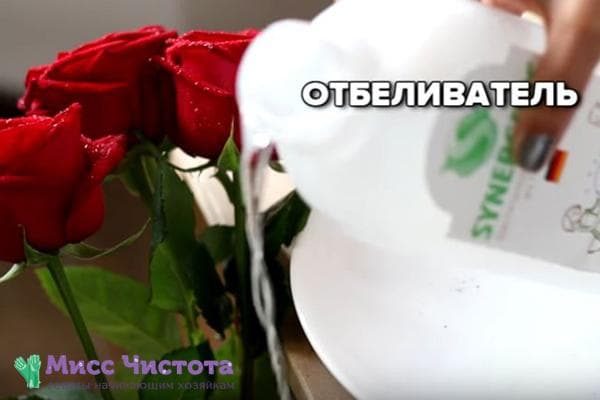
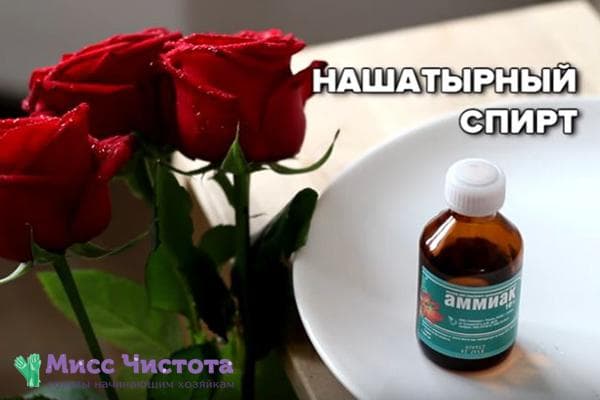
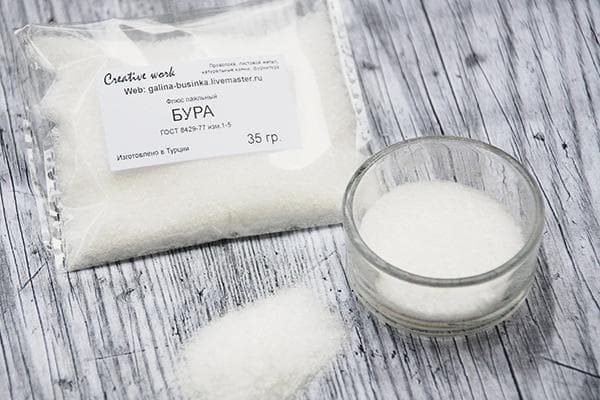
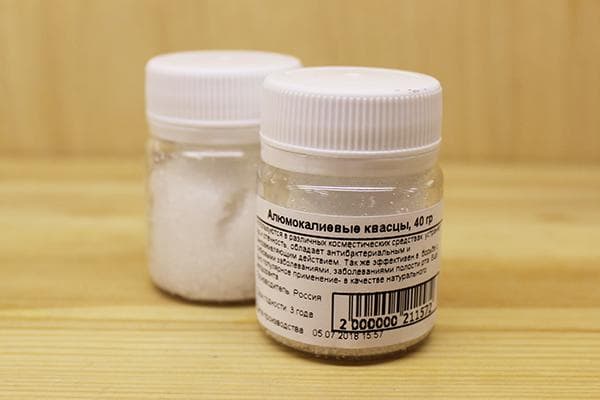
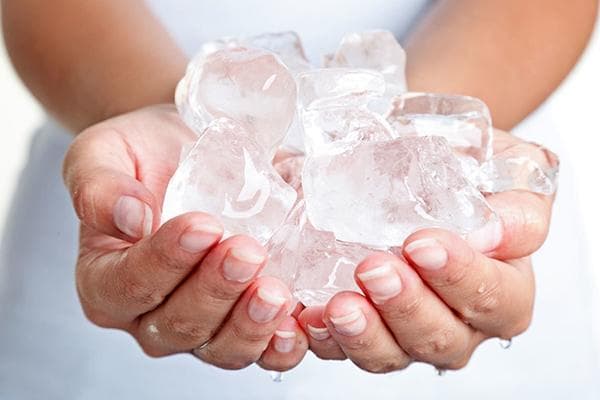
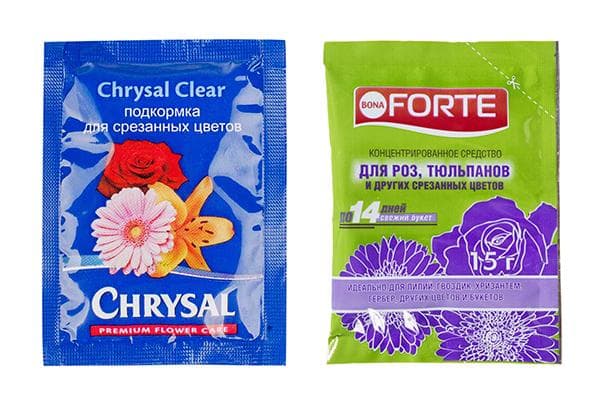

Fine
The roses given to me lasted for a whole month!!! But I looked after them very carefully. Thanks to the author, there are a lot of tips on care. I immediately cut off the extra leaves and thorns, changed the water every 2 days and cut the stem, each time I added either sugar or aspirin to the new water. And at night I threw 3-4 ice cubes into a vase.